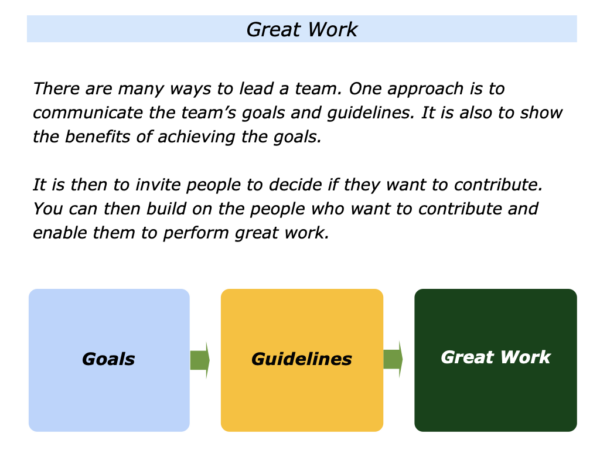
There are many ways to lead a team. One approach is to communicate the team’s goals and guidelines. It is also to show the benefits of achieving the goals.
It is then to invite people to decide if they want to contribute. You can then build on the people who want to contribute and enable them to do great work.
Imagine that you want to follow elements of this approach in your own way. The first step is to create a positive environment in which motivated people can do great work. It is then to focus on the following themes.
You Can Communicate The
Team’s Goals And Guidelines
There are many ways to take this step. One approach is to talk with people individually, in small groups or as a whole team. When doing this, it can be useful to focus on the following themes.
The Specific Goals
You can explain the goals the team aims to deliver by a certain time. You can describe these in outcome terms – such as the real results to achieve – rather than a list of tasks. You can bring these to life by giving specific examples.
The Specific Guidelines
You can explain the guidelines – the principles and professional standards – that people in the team can follow to achieve the goals. You can also explain why it is important for people to follow these guidelines.
One approach it to give examples of when people have followed similar guidelines to do great work in the past. You can encourage people to follow these guidelines in the future.
The Specific Benefits
You can explain the benefits – to all the stakeholders – of achieving the goals. For example, the benefits to the company, customers and colleagues.
Imagine that you have taken these steps. If appropriate, you can give people the chance to any questions they have on these themes. You can answer these in a professional way.
Great teams are made up of people who want to help to achieve the goals. Bearing this in mind, the next step may seem unnecessary but it is vital.
You can invite people to take time to reflect about whether they want to contribute towards achieving the goals. They do not need to decide this straight way. But it is important that they make their own decision.
Some people will choose to opt in. Bearing in mind their strengths, you can make clear contracts with them about their best contributions to achieving the goals.
Some people may want more information before committing themselves. That is fine. There may come a point, however, when they need to make a decision.
Some people may prefer to move on to do other things. Wherever possible, you can then provide them with practical support and help for taking this step.
Different leaders present the team’s goals and guidelines in different ways. Here is one framework that some use when, for example, gathering the team together. You will, of course, follow this in your own way.
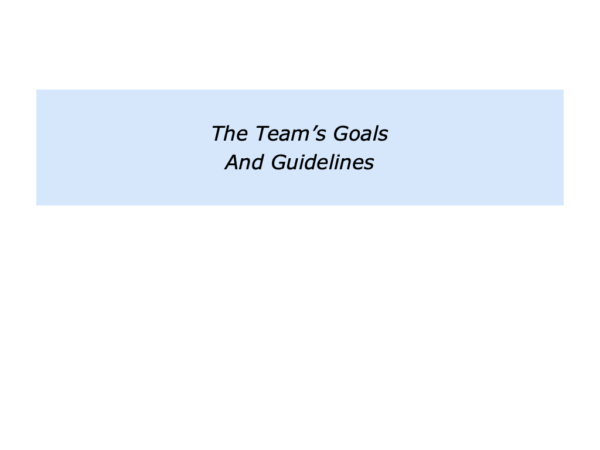
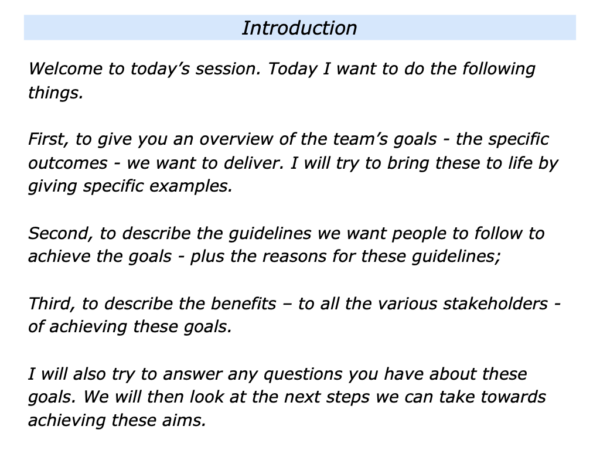
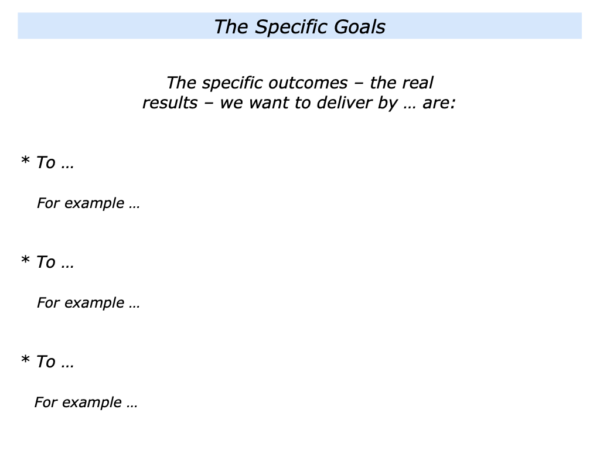
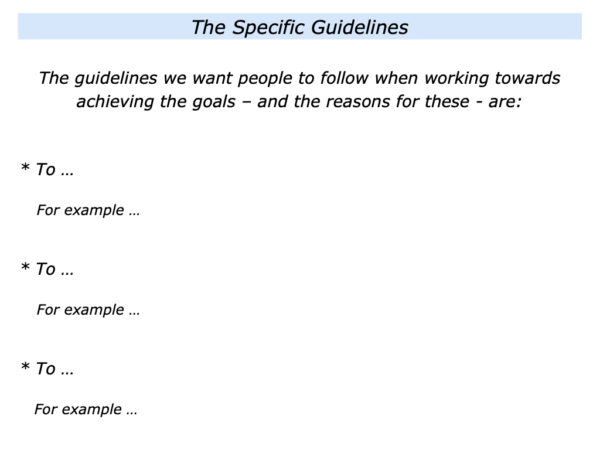
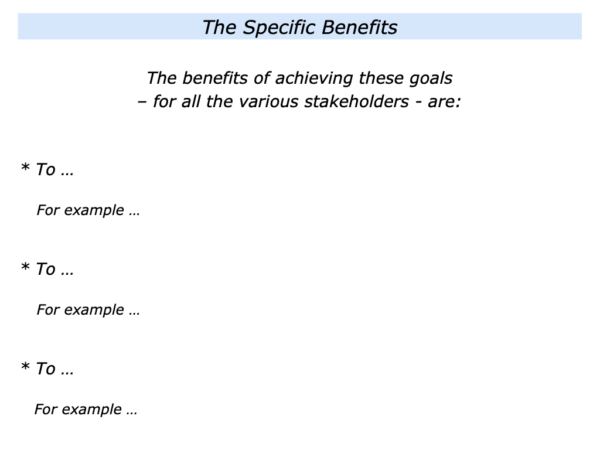
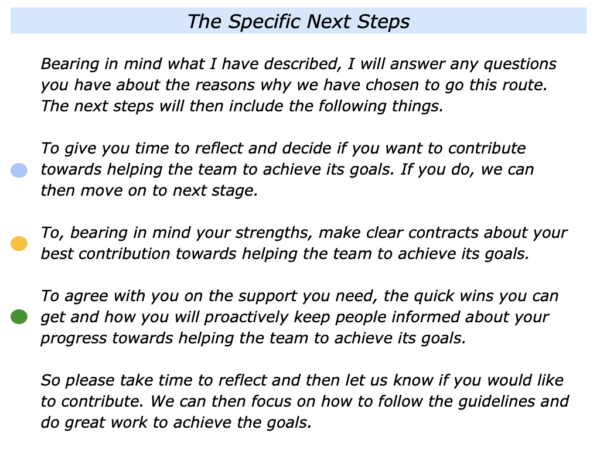
You Can Encourage
People To Do Great Work
You can build with the people who want to contribute. It can then be useful to manage by outcomes rather than by tasks. Bearing in mind their strengths, you can make clear contracts with each person about:
The specific outcomes – the real results – they aim to deliver towards achieving the team’s goals;
The specific support they would like to help them to deliver these outcomes;
The specific things they will do to proactively keep people informed about their progress towards achieving the team’s goals.
Imagine that you have met with individuals to agree on their contributions. One approach is for them to then do the following exercise.
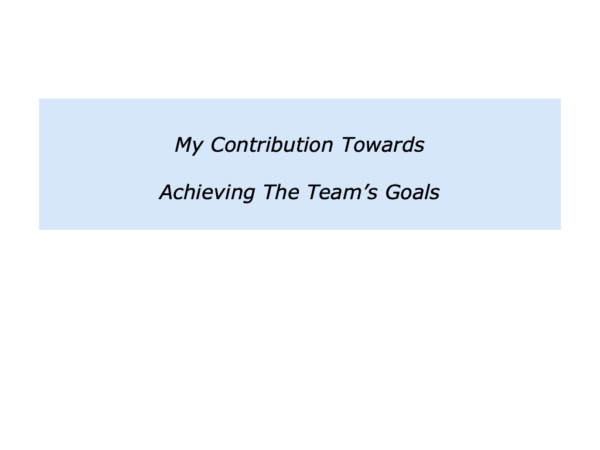
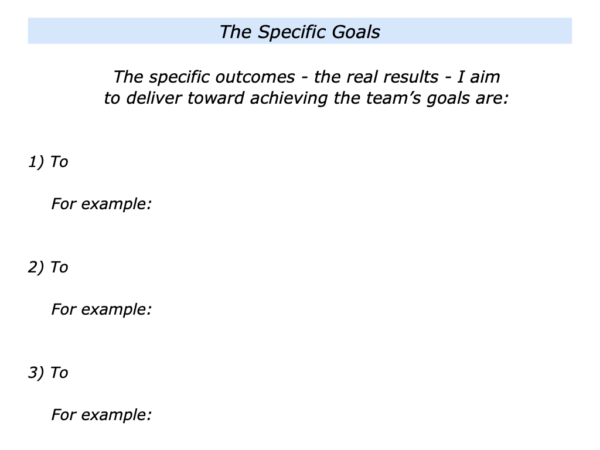
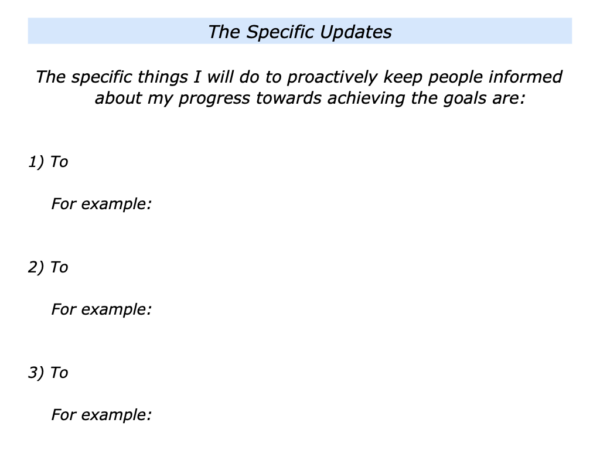
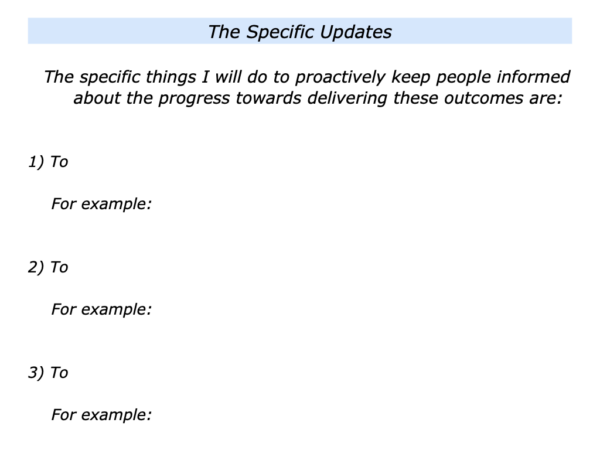
Let’s assume that you have gone through these steps. You have explained the team’s goals and guidelines. You have also make clear contracts with people about their contributions to achieving the goals.
Bearing these things in mind, you can encourage people to keep on track towards the aims. One approach is to have monthly team sessions where you take the following steps. You can aim:
To start by reminding people of the team’s goals, the guidelines and the benefits of achieving the goals;
To give people an update on the team’s progress – such as the positive things they have delivered towards achieving the goals;
To give people an overview of the specific things to focus on – plus the challenges to tackle – in the next month.
Imagine that you are continuing to give such updates to the team. If appropriate, you can also have regular meetings with each person. One approach is to invite them to do the following exercise.
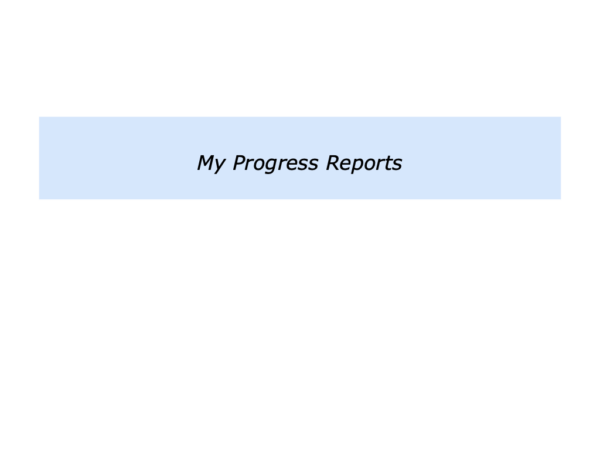
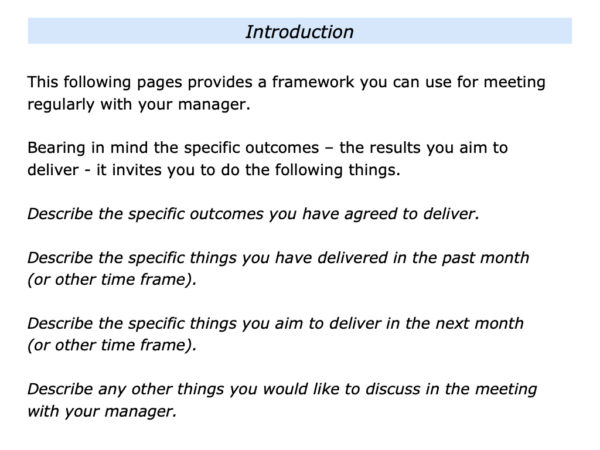
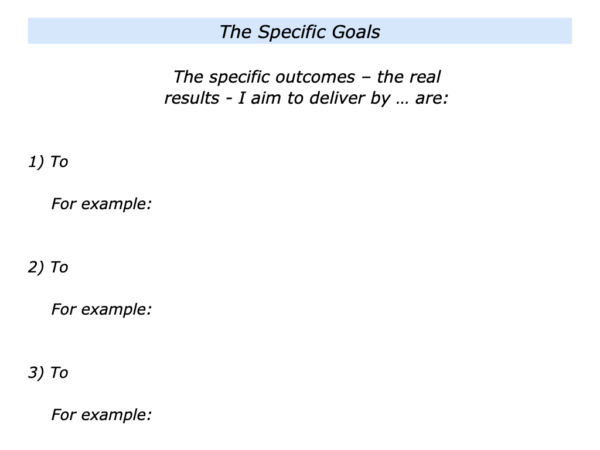
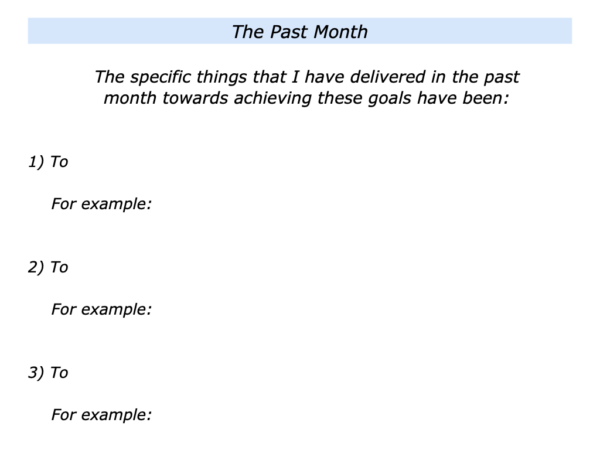
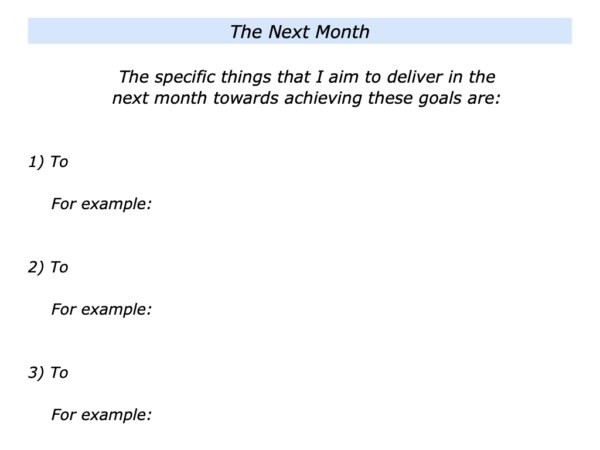
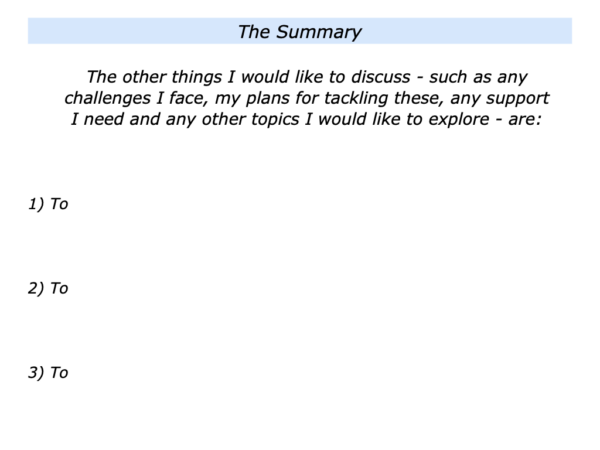
Imagine that you are following this approach. You can then aim to enable people to keep doing their best. One approach is encourage them:
To build on what they are doing well towards achieving the goals;
To find solutions to any challenges and tackle areas for improvement;
To do great work that contributes towards achieving the team’s goals.
There are many ways to lead teams. One approach is to encourage people to keep focusing on the goals and guidelines. You can then enable them to do their best to achieve the goals.
Let’s return to your own work. Looking ahead, can you think of a situation where you may want to follow elements of this approach? How can you do this in your own way?
If you wish, try tackling the exercise on this theme. This invites you to complete the following sentences.
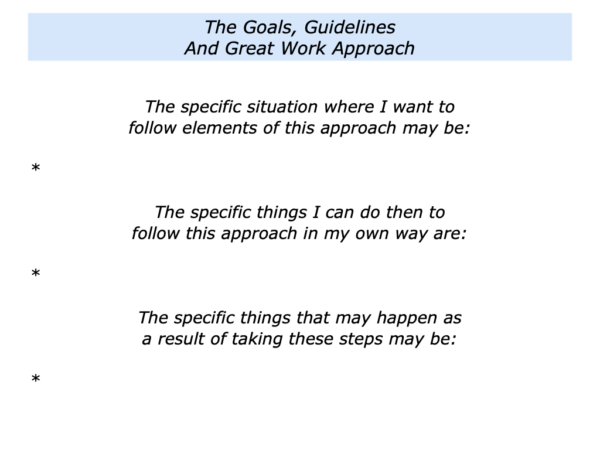






Leave a Reply